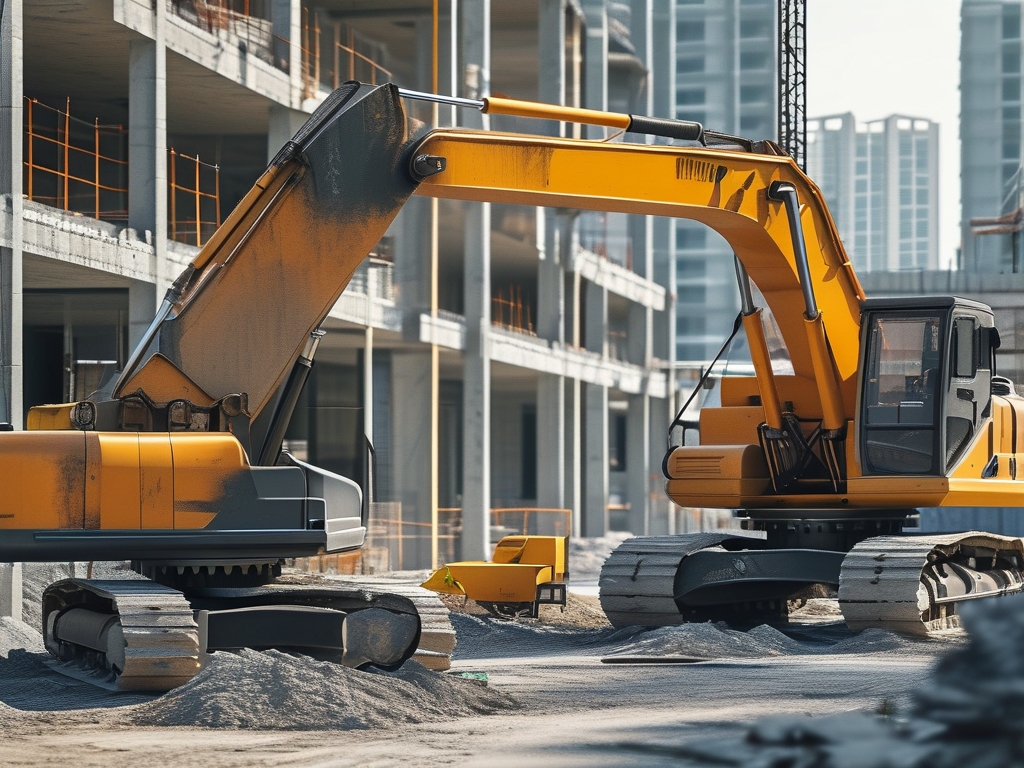Automated construction deployment is revolutionizing the construction industry by integrating advanced technologies such as robotics, artificial intelligence (AI), and the Internet of Things (IoT) into traditional workflows. This approach streamlines project execution, reduces human error, and accelerates timelines. This article explores the core strategies for implementing automated construction deployment, its benefits, challenges, and actionable guidelines for successful adoption.

Key Strategies for Automated Construction Deployment
-
Technology Selection and Integration
The foundation of automated deployment lies in selecting the right tools. Technologies like Building Information Modeling (BIM), autonomous machinery, and cloud-based project management platforms are critical. For example, BIM enables 3D visualization and real-time collaboration, while autonomous excavators or drones can perform site surveys with millimeter precision. Integrating these tools requires interoperability standards to ensure seamless data exchange between systems. -
Process Optimization
Automation thrives on standardized processes. Prefabrication, modular construction, and robotic assembly lines reduce on-site labor and minimize delays. For instance, factories using robotic arms to assemble building components can achieve 30% faster production rates compared to manual methods. Workflow automation software, such as automated scheduling tools, also ensures tasks are prioritized and resources allocated efficiently. -
Data-Driven Decision-Making
IoT sensors embedded in construction equipment and wearables collect real-time data on worker safety, equipment performance, and environmental conditions. AI algorithms analyze this data to predict risks, optimize resource usage, and adjust schedules dynamically. A case study by a leading construction firm showed a 25% reduction in equipment downtime after implementing predictive maintenance systems. -
Collaborative Ecosystems
Successful deployment requires collaboration between stakeholders—contractors, engineers, software developers, and clients. Digital twin technology, which creates a virtual replica of a project, allows teams to simulate scenarios and resolve conflicts before physical work begins. Cloud platforms like Autodesk Construction Cloud facilitate transparent communication and document sharing.
Benefits of Automation in Construction Deployment
- Efficiency Gains: Automated systems reduce project timelines by 20–40%, as seen in Japan’s use of robotic concrete pourers for high-rise buildings.
- Cost Savings: Reduced labor costs and material waste lower overall expenses. A U.S. highway project reported 15% savings after adopting automated paving machines.
- Enhanced Safety: Drones and robots handle hazardous tasks like structural inspections in unstable zones, decreasing workplace accidents by up to 50%.
- Sustainability: Precision in material usage cuts waste, and energy-efficient machinery lowers carbon footprints.
Challenges and Solutions
-
High Initial Investment
Advanced machinery and software require significant upfront costs. Solution: Start with pilot projects to demonstrate ROI, then scale gradually. Leasing equipment or adopting SaaS (Software as a Service) models can also mitigate expenses. -
Skill Gaps
Workers may lack expertise in operating automated systems. Solution: Partner with vocational institutes to design training programs and upskill existing staff. -
Regulatory Hurdles
Building codes often lag behind technological advancements. Solution: Engage policymakers early and advocate for updated regulations that accommodate automation.
Implementation Guidelines
-
Assess Readiness
Conduct a feasibility study to evaluate existing infrastructure, budget, and team capabilities. Identify low-risk areas for initial automation, such as inventory management. -
Choose Scalable Tools
Opt for modular technologies that can expand with project needs. For example, start with drone-based site monitoring before integrating AI-powered analytics. -
Foster a Change-Ready Culture
Communicate the benefits of automation to stakeholders and address resistance through workshops and hands-on demonstrations. -
Monitor and Iterate
Use Key Performance Indicators (KPIs) like time-per-task and error rates to measure success. Continuously refine strategies based on feedback and technological advancements.
Future Trends
The convergence of AI, 5G, and edge computing will enable real-time decision-making across global projects. Autonomous construction vehicles and 3D printing of entire structures are also on the horizon. Companies that embrace these trends will lead the next era of smart, sustainable construction.
Automated construction deployment is no longer a futuristic concept—it’s a necessity for staying competitive in a rapidly evolving industry. By adopting strategic technologies, optimizing processes, and fostering collaboration, organizations can unlock unprecedented efficiency, safety, and profitability. The journey requires careful planning and adaptability, but the rewards justify the investment.

